A new project aims to bring jobs back to the neighborhood by building down instead of up. The Invert Chicago, “a subsurface real estate complex,” is designed to be built 300 feet below the surface. It avoids disturbing the contaminated soil, and has a second advantage: When you go that deep underground, the ambient temperature is a steady 60 degrees, even in subzero Chicago winters or sweltering summers.
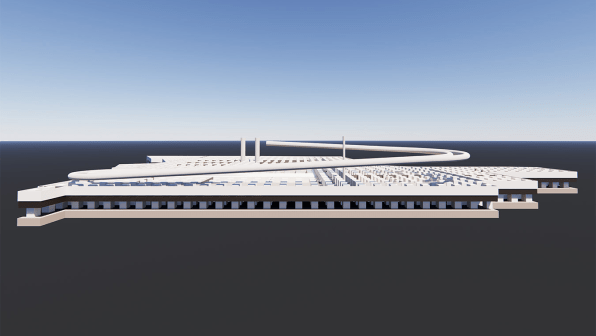
“There are huge energy savings—up to 75%—just due to the fact that we’re subsurface,” says Isaac Yun, vice president of design for the Invert Chicago. “You don’t have to spend much energy to heat or cool.”
Several developers have tried to make use of the land, which is around 90% the size of Disneyland, in the past. But the polluted soil was insurmountable. “There are contaminants in the current soil that go down about 20 to 30 feet, depending where you are,” Yun says. “There are certain hot spots all around there. Most developers have just walked away and said we can’t spend hundreds of millions of dollars just to clean up the site before we start constructing anything new.”
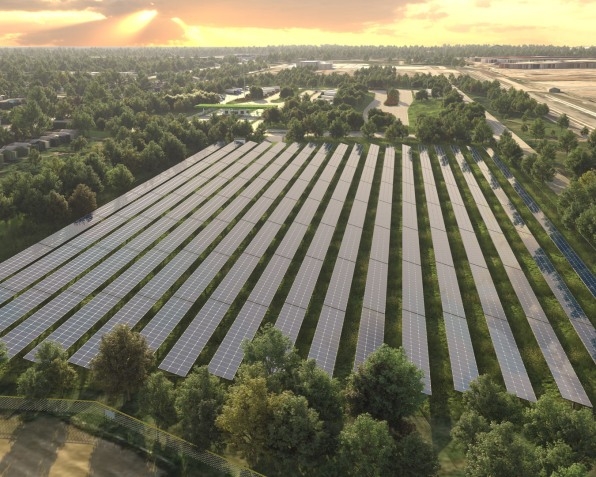
The new project is designed to be built from one side of the 140-acre lot that wasn’t polluted, digging down until it’s safe to start moving across the rest of the site. Instead of a typical construction project that requires trucking new materials on-site, the project will begin by taking materials away, carving rooms out of the rock deep underground.
The engineers plan to leave huge, 36-by-36-foot pillars of limestone while the rest of the limestone is extracted and sold. The pillars will support large, cathedral-like spaces that can then be turned into individual buildings with more standard construction. The site may use renewable geothermal energy for heating and cooling, and the company plans to build a large solar field outside to provide electricity, including for LED lights that are carefully designed to mimic natural sunlight for workers underground.
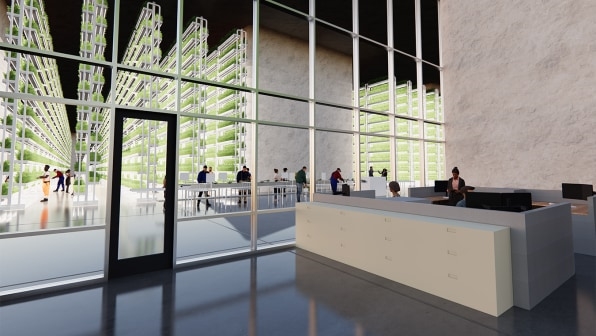
The company wants to lease space to several different types of tenants. Vertical farms, which grow local greens year-round on racks or tall towers, may want to use the space because of the energy savings of being underground. Data centers may want to use the space because of the security of the location and the savings on cooling costs, even when it’s in the 90s outside.
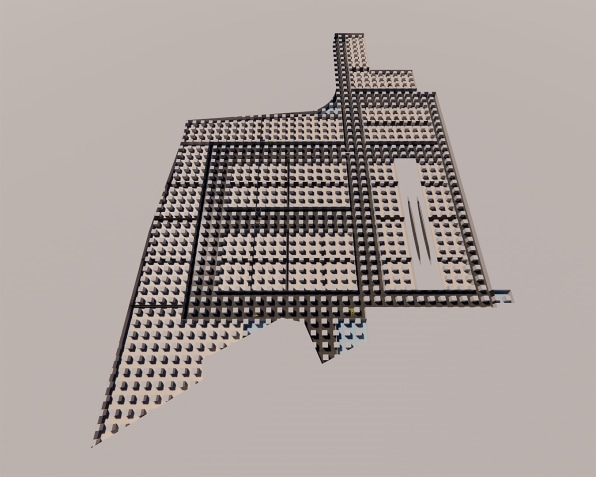
“We’d like to really diversify,” Yun says. “There were two big moments of devastation in this community, in the ’70s and ’80s. When the steel industry went away, it took not just jobs, it left behind badly damaged brownfield sites. It was an economy that was focused around really one primary industry. And then, of course, all the supporting industries and retail that went with it just all went away.”
In an economic study, the developers estimate that the project can create thousands of permanent jobs. Some related projects do already exist, including a storage facility carved out of underground rock in Kansas City. The Invert is working with the City of Chicago on entitlements and meeting with community members as it works on the final design. And it’s hoping that the development can help hasten the process of cleaning up the contaminated site on the surface.
“We’re literally creating new taxable property that currently doesn’t exist today,” Yun says. “That’s going to promote the overall value of this property to where years from now, and hopefully sooner than later, we can start addressing some of those concerns on the ground.”
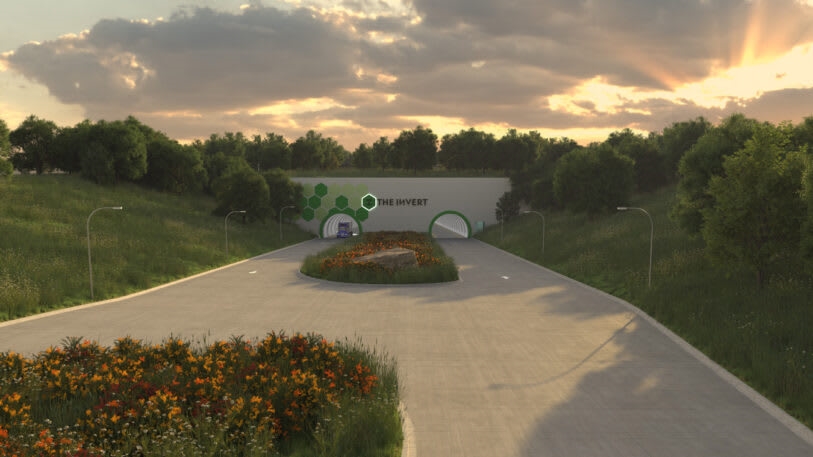
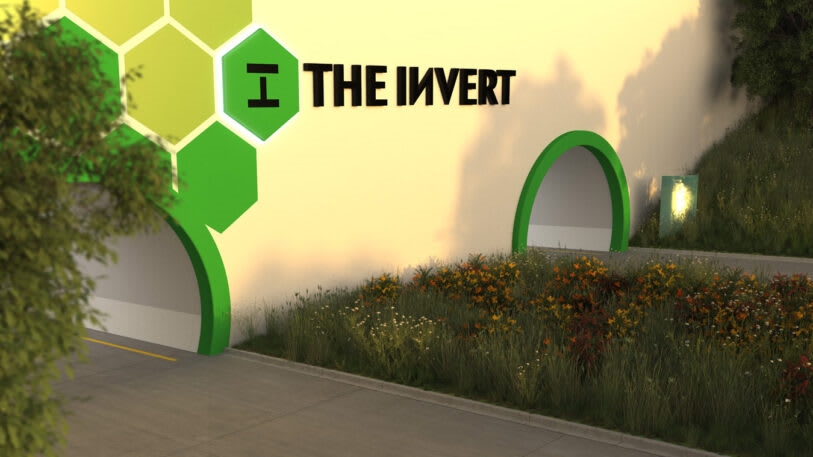
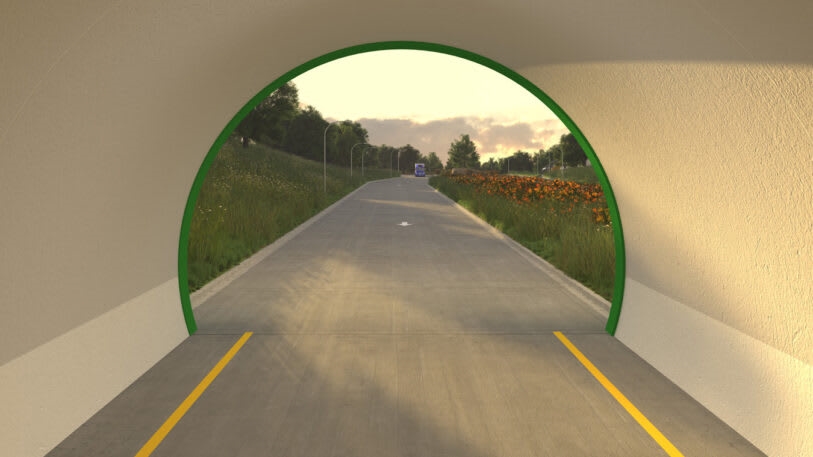
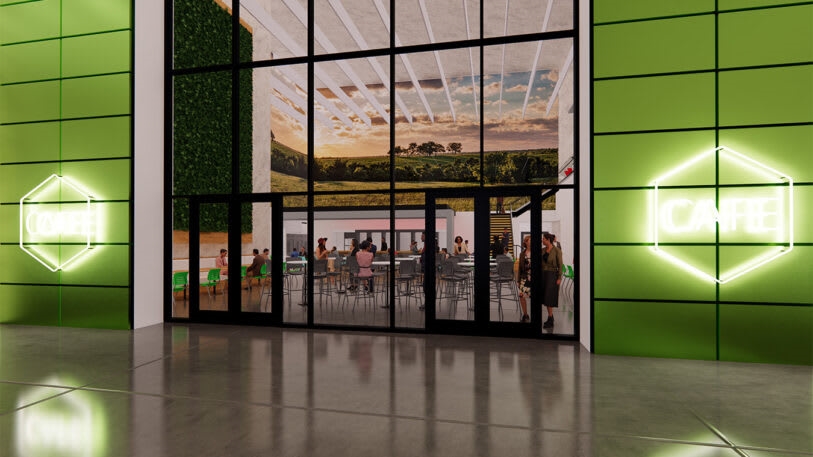
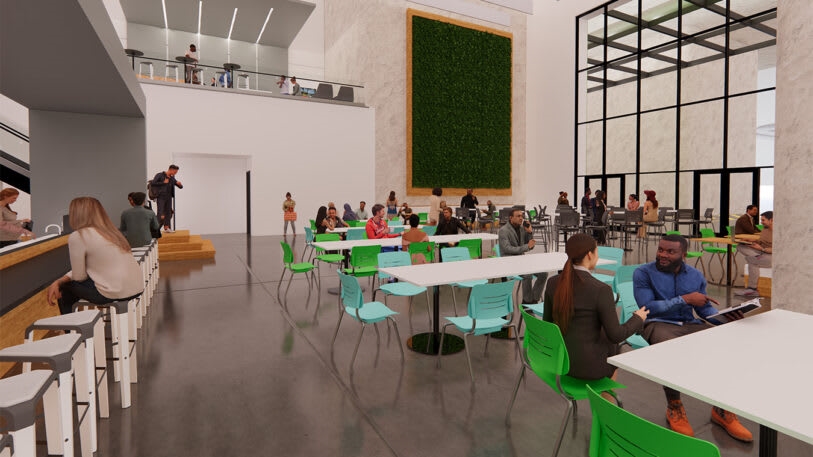
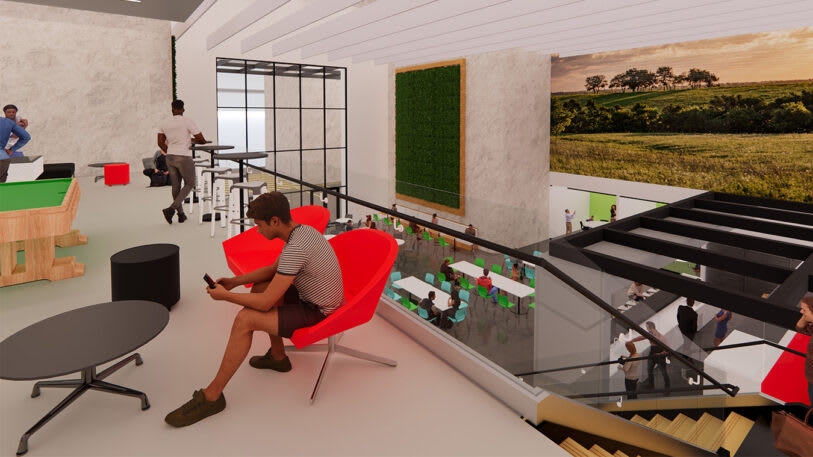
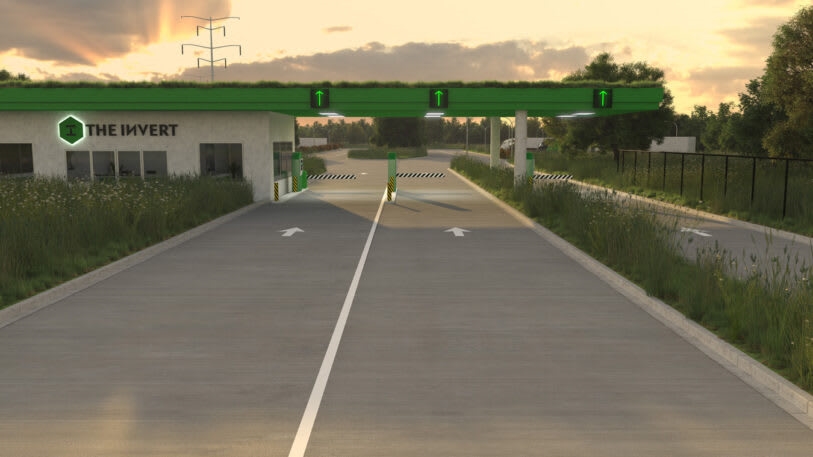
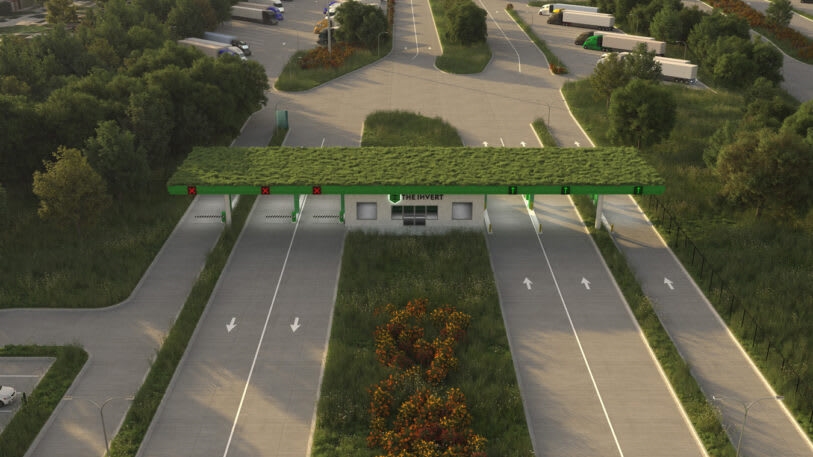
Fast Company , Read Full Story
(25)